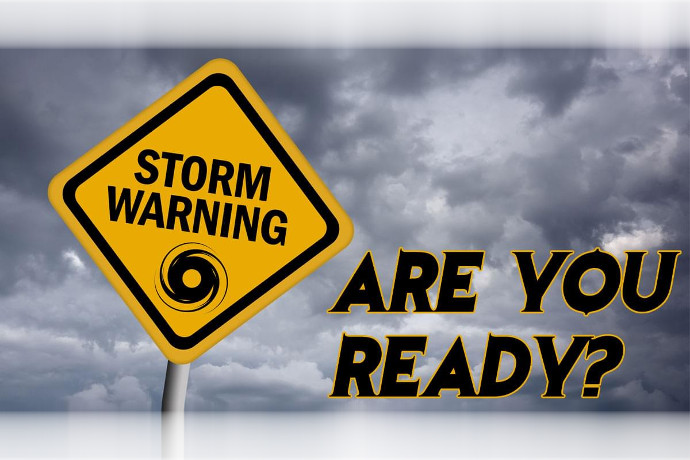
Here’s a truth in retail: Get the weather right and plan your sales and marketing accordingly, and you will profit.
Walmart discovered several years ago that when a hurricane was predicted, its stores quickly sold out of certain item. You would think water and candles would be the top sellers in preparation for a big storm, but apparently, strawberry Pop-Tarts are a huge seller before and after big storms.
Walmart officials told The New York Times that strawberry Pop-Tarts increase in sales up to seven times their normal sale rate ahead of a hurricane. Pop-Tarts were on Walmart’s emergency merchandise list when Hurricane Florence pummeled the Carolinas in 2018. The company’s corporate website says that more than 350,000 boxes were sent to stores in the region in advance and after the hurricane.
How does weather influence consumers?
According experts at the International Council of Shopping Centers (ICSC), weather can have a dramatic impact on shopping habits. Consumers have a “buy now” mentality. Seventy-five percent buy closer to use, which is understandably one reason that retailers see a rush of sales with storm warnings in the news and shoppers loading up on supplies.
Stay Stocked
It might be tempting to raise prices as a storm approaches and demand increases. Customers would probably pay it too. But where does that get you on the karma scale? If you’re worried that you might run out of certain items, put in a rush order to your distributor, or better yet, try to plan ahead if you know bad weather is on the way.
Stay Open
Watch the weather updates and if a storm is coming, stay open a couple of hours extra so that people will have more opportunity to get in and stock up.
Stay Alert
During a major storm, traditional communication systems can become overloaded and tend to fail. Social media—can be a lifeline to your customers. As part of your preparation, friend federal, state, and local agencies (FEMA, local police, sheriff, fire and utilities) and local news channels that will also be posting to keep residents informed and safe. By following reliable news sources, you can focus on sharing true and important facts. You can also blog or post your own updates, particularly about happenings outside your window and in your specific location. The Department of Homeland Security offers a digital toolkit that contains social media content and links to graphics/videos on hurricane preparedness.












